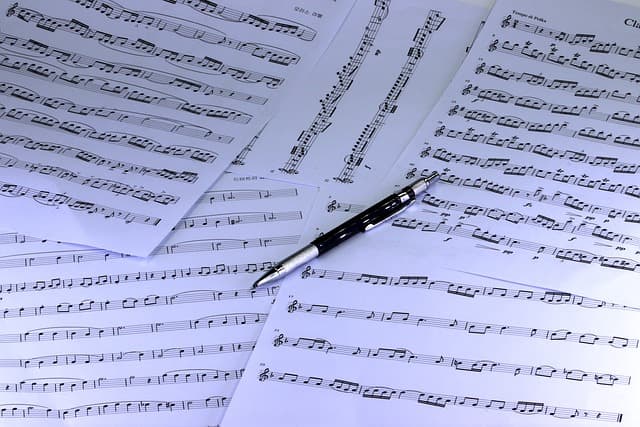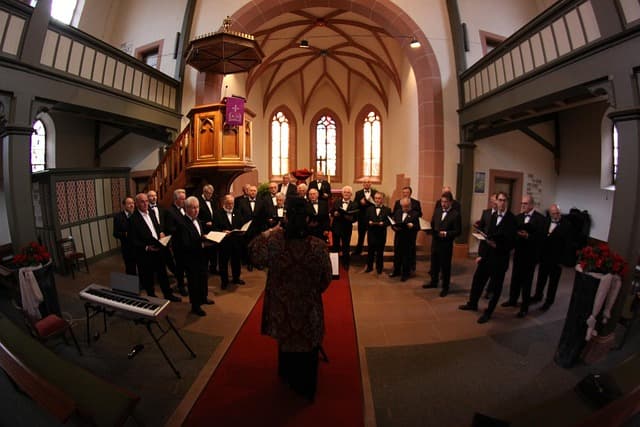Estonia and Finland have a unique musical connection, as both countries use the same melody for their national anthems, although with different lyrics. The composer of this tune is the Finnish composer (actually from Germany) Fredrik Pacius. This anthem, which has become a symbol of the two neighboring countries, has an interesting history.
In 1860, Pacius wrote the music for the national song, which was originally sung in Swedish and called Vårt Land (which means “Our Country” in Swedish). The song was later translated into Finnish and became known as Maamme (which translates to “Our Land”), becoming a popular symbol of Finland.
However, Patsius’ music was also adopted in Estonia. Estonians first adopted the anthem in 1920, and at that time the lyrics were written in Estonian. Since that time, the song has become the unofficial symbol of the country. In 1991, after Estonia regained its independence, the anthem was again adopted as the national anthem.
An important point that distinguishes the use of this anthem in Estonia and Finland is that in Finland, the song Maamme is not an official anthem, because according to the Constitution of Finland there is no official anthem in the country. However, at various events, ceremonies and other public occasions, this song is often performed as a symbol of the country. In Finland, there are different versions of the song, including a cappella.
In Estonia, the situation is somewhat different. The song has been adopted as the official national anthem since 1920, and in 1991, after independence was restored, it was brought back as the national anthem. Estonians continue to use the same musical motif, but the lyrics in the anthem are different, reflecting the national characteristics and culture.
Music and performance
The performance of the anthem plays an important role in the perception of national spirit and patriotism. In both countries, the Patsius anthem is played at various ceremonial occasions, from school holidays to major state events. The composition of the orchestra as well as the form in which the anthem is played may vary depending on the event. In Finland, Maamme is often performed as a chorus or with a large symphony orchestra, which gives it a special solemn sound. In Estonia, on the other hand, the song is also often performed by choral groups, and larger events may use more complex musical arrangements.
Thus, although Estonia and Finland have different text versions of the same anthem, Fredrik Patsius’ musical work continues to unite the two nations through history and culture. This piece, despite political differences, remains an important symbol for both countries, reflecting their desire for independence and national identity.
This unique musical fact shows how musical works can serve as a bridge between cultures and nations, strengthening national pride and unity even many years after their creation.



